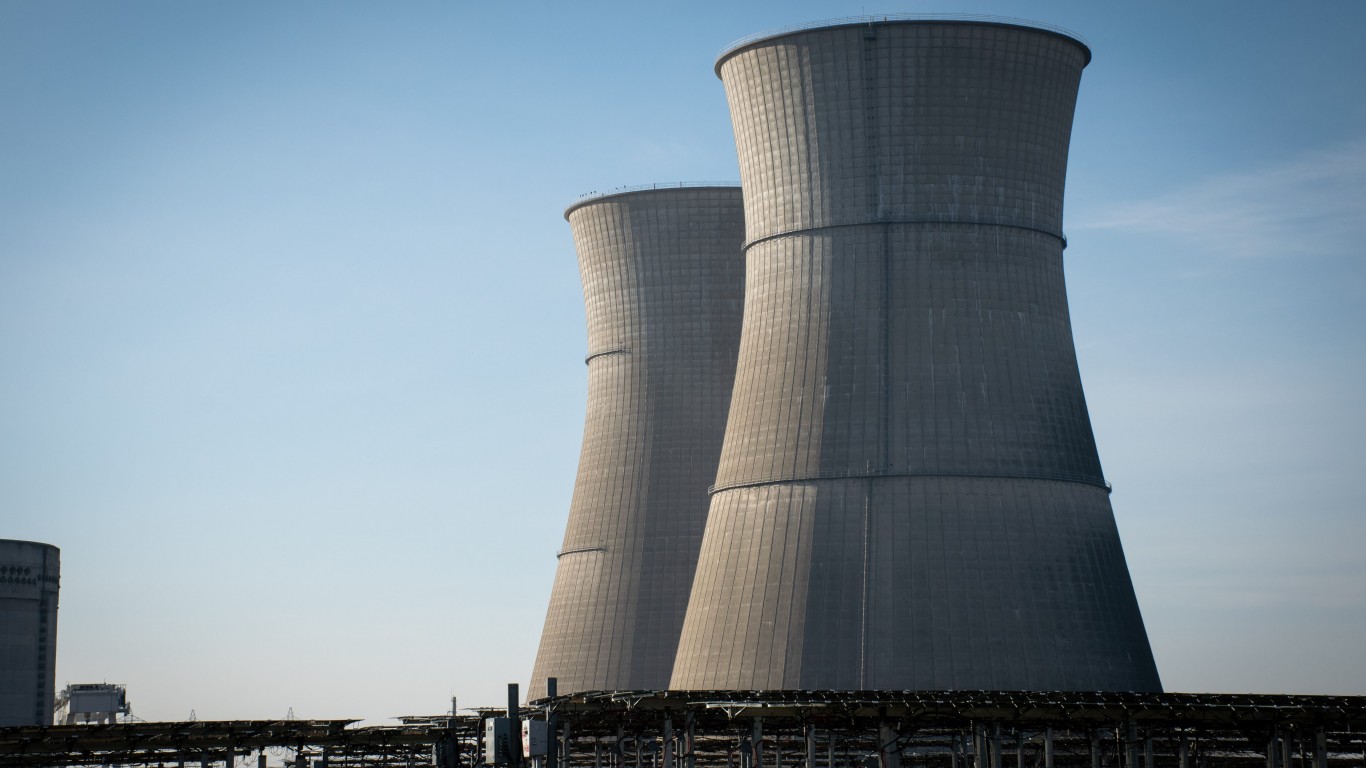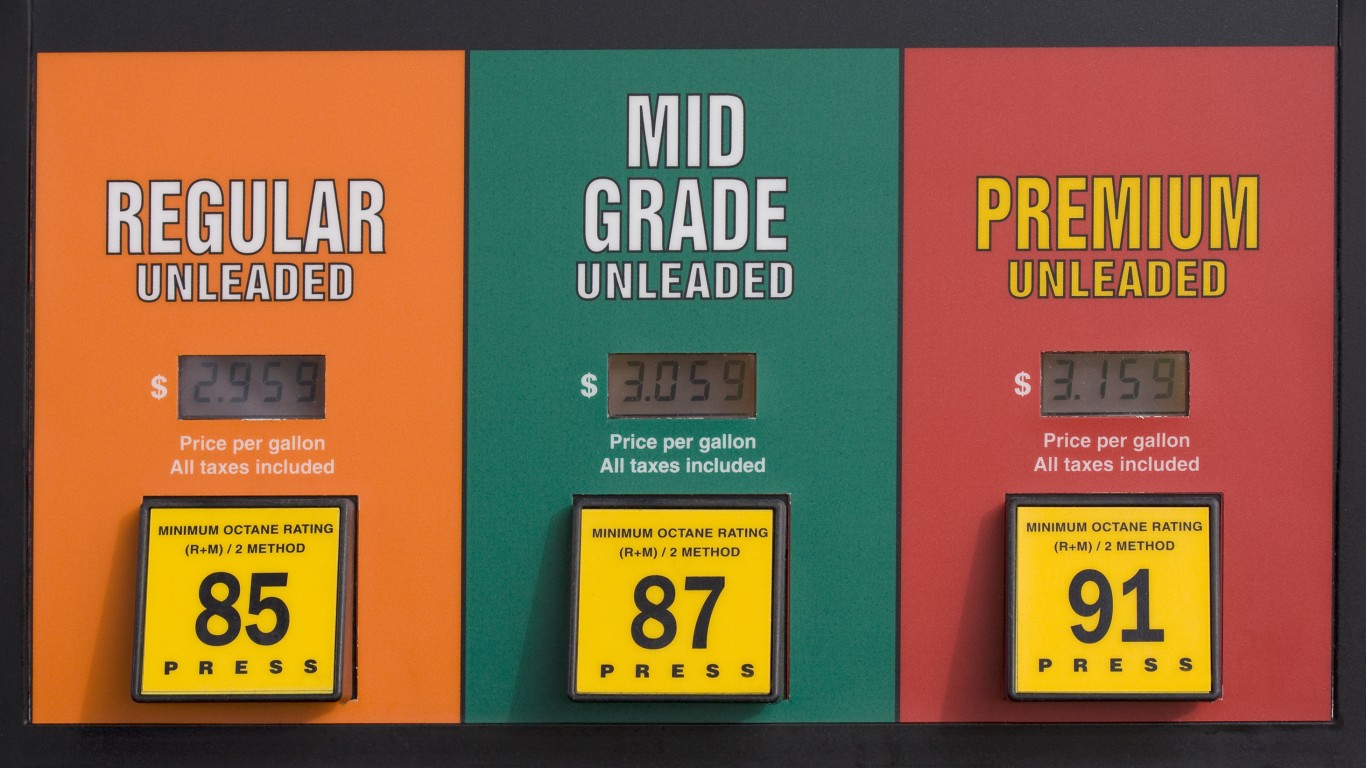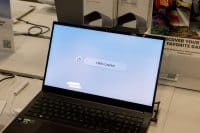 Under section 1603 of the American Recovery and Reinvestment Act of 2009, commercial renewable power projects were allowed to get direct federal grant instead of taking either a production tax credit or an investment tax credit to offset temporarily the decline in funding attributed to a diminished appetite from investors for tax credits. After all, what good are tax credits if there are no investors who need them.
Under section 1603 of the American Recovery and Reinvestment Act of 2009, commercial renewable power projects were allowed to get direct federal grant instead of taking either a production tax credit or an investment tax credit to offset temporarily the decline in funding attributed to a diminished appetite from investors for tax credits. After all, what good are tax credits if there are no investors who need them.
A recent report by the Lawrence Berkeley National Labs has tried to evaluate the success of the grant program after its first eight months of operation. As of March 1st, 64% of eligible wind power projects and 100% of eligible geothermal projects went for the cash and not the tax credits. Wind and geothermal projects account for 85.9% and 5.9%, respectively, of the $2.6 billion grant dollars awarded so far. Solar PV accounts for 3.7% of the total and biomass plants account for 2.8%. No other technology has been awarded more than 1% of the total.
The report estimates that as much as 2,400 megawatts of wind power capacity additions can be attributed to the availability of the grants. In addition to new clean generating capacity, the ARRA was also intended to support American jobs. The 2,400 megawatts of the 2009 wind power projects accounted for an estimated 51,600 short-term, full-time jobs during construction of the projects and 3,860 long-term, full-time jobs after the plants went into operation.
Of the 40 large wind power projects, turbines were supplied by General Electric Co. (NYSE: GE) in 12 of the projects. Other large turbine makers such as Vestas, Mitsubishi, and Siemens AG (NYSE: SI) also supplied turbines. Foreign turbine makers accounted for about 38% of the short-term jobs generated by the grants, while some 98% of the long-term jobs went to US companies.
In gross terms, the renewable energy sector is estimated to receive $6.7 billion in financing through the grant and tax equity programs in 2010. The peak year for renewable energy financing so far was 2007, when $6.1 billion was invested, all of which received either the production or investment tax credit. The US Partnership for Renewable Energy Finance estimates that funding after 2010 will fall by 50%-80% if the grants are not extended into 2011 and beyond.
Chances for extending the grant program have dimmed since the US Senate has given up any hope of passing a climate change bill approved last year by the House. And there is an even smaller chance that the Senate will approve additional stimulus funding that might keep the grants going beyond this year.
In theory, the section 1603 grants have mostly achieved their twin goals of encouraging renewable power generation and creating jobs. Had the US economy as a whole kept pace, the need to continues the grant program would have either disappeared or been significantly reduced. Renewable energy does not have the political clout to keep these grants going beyond the end of this year.
If you think the government should be doing all it can to create jobs and reduce carbon dioxide emissions, then the demise of section 1603 grants is not a good thing. However, if you believe that this kind of government intervention distorts the market and is wasteful, then it’s best to kill the program now and be done with it before it becomes another federal giveaway.
Paul Ausick
In 20 Years, I Haven’t Seen A Cash Back Card This Good
After two decades of reviewing financial products I haven’t seen anything like this. Credit card companies are at war, handing out free rewards and benefits to win the best customers.
A good cash back card can be worth thousands of dollars a year in free money, not to mention other perks like travel, insurance, and access to fancy lounges.
Our top pick today pays up to 5% cash back, a $200 bonus on top, and $0 annual fee. Click here to apply before they stop offering rewards this generous.
Flywheel Publishing has partnered with CardRatings for our coverage of credit card products. Flywheel Publishing and CardRatings may receive a commission from card issuers.
Thank you for reading! Have some feedback for us?
Contact the 24/7 Wall St. editorial team.




